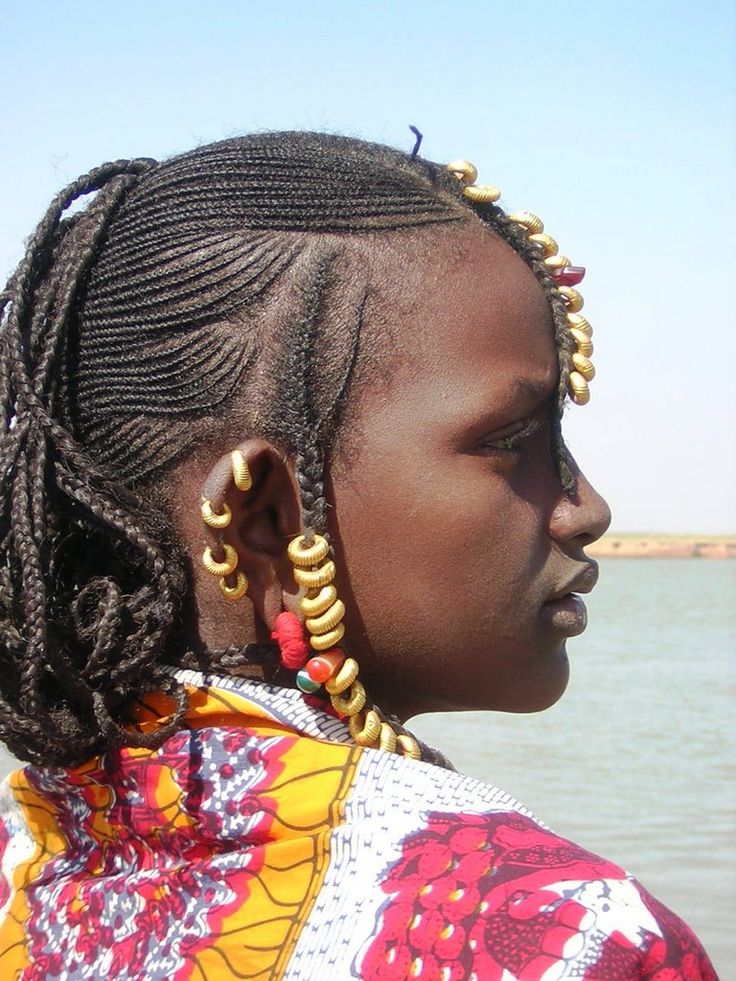Destiny Tompkins a floor employee for Banana Republic at the Westchester Mall in New York, took to her Facebook account, to report an act of what she perceived as discrimination by her employers.
According to Mrs. Tompkins, store manager “Michael”, told the retail employee that unless she changed her “urban” and “unkempt” hair, the store would not be able to schedule her for more shifts. Destiny, defended her look by saying that her braids are a protective measure for the cold, since her hair can become brittle with the low temperatures of New York, Mike of course dismissed her plea and recommended the woman to use shea butter instead.
https://twitter.com/Freeyourmindkid/status/916017308652449793
Box braids are far more than just an “urban” style, they have deep roots in the African-American community, and can be traced back to Africa, all through the days of slavery and into modern day pop culture. Ancient Nigerian sculptures of the Nok civilization circa 500 B.C., show head figures adorned with cornrows, historians claim that braids were used as ways to express religion, kinship, status, age, ethnicity, among other attributes that are important to the black community.
When slave traders started bringing African people to the New World, they would shave their heads, often with the purpose of them losing their identity, so they would serve better as slaves, of course hair grows back, and many Africans would braid their new grown hair as a way to conserve their heritage and assert their independence.

When slavery was finally abolished, many people were reluctant of black people’s new found freedom, it was very hard for a black person to hold a job because of the high levels of discrimination at the time, so black women in America had to straighten their hair in order to look more like white women. Women with straight hair, like white women, were considered to be more well-adjusted than her unruly wild haired peers.
It wasn’t until the 1950s, when braids made a comeback, along with the Afro. Race relations in America were becoming so heated, that African hair styles became a symbol of activism between black artists, scholars, the general black population.
By the 1990’s cornrows had already established themselves as a fashion icon between hip hop artists and athletes, turning black hair styles into a multi-million dollar industry, with shops specializing in weaves and cornrows opening all across the country.

Hopefully, it won’t be too long before people like Mrs. Tompkins start being judged by the quality of her work instead of the style of their hair.
